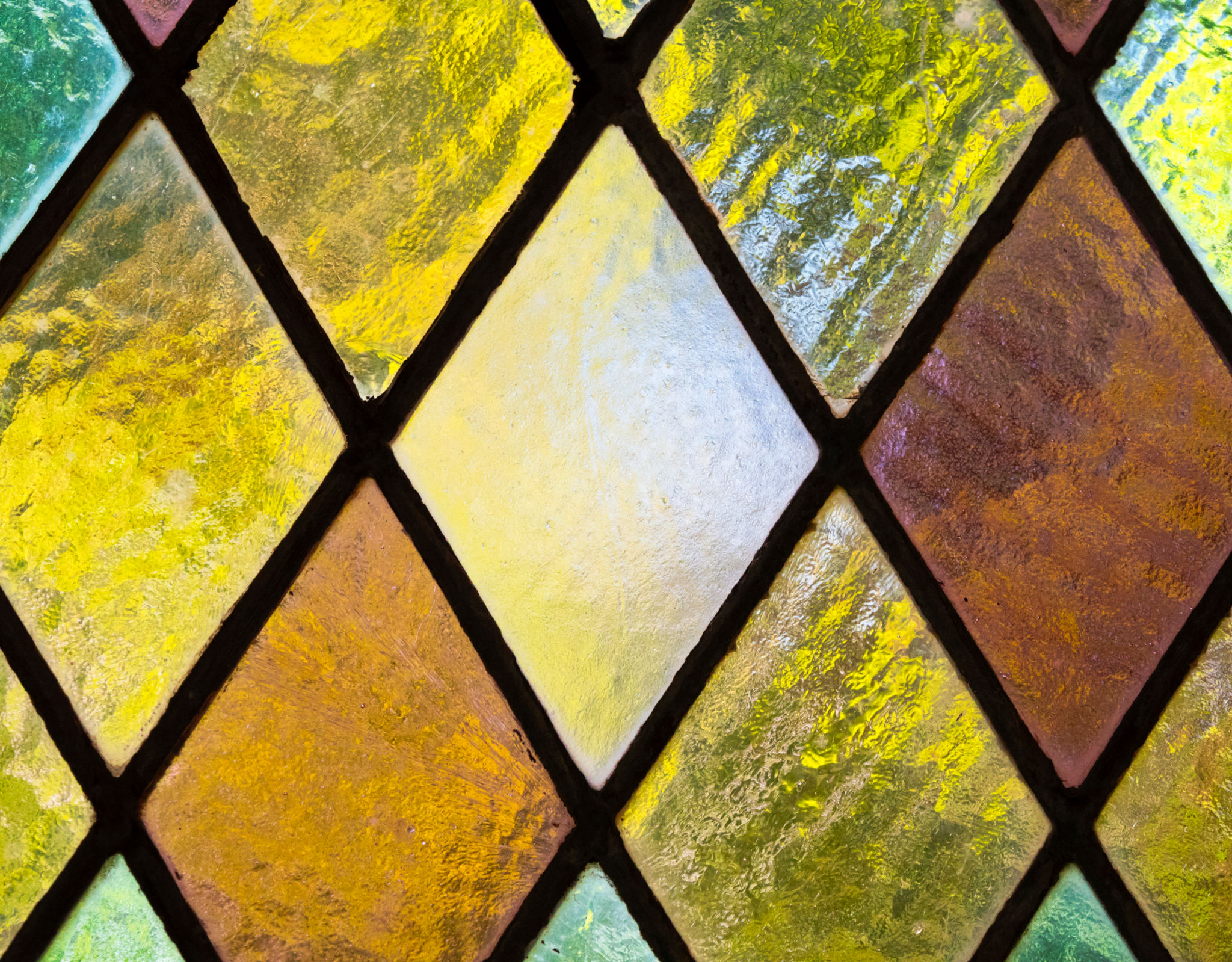A Comprehensive Guide to Choosing Stained Glass for Your Home
Understanding Stained Glass
Stained glass is a timeless art form that has been used for centuries to add color and character to homes. It's not just for churches or historical buildings anymore; many homeowners are now incorporating stained glass into their interiors for a unique and personalized touch. Whether you're considering it for a window, door, or decorative panel, understanding the basics of stained glass can help you make the best choice for your home.

Types of Stained Glass
There are several types of stained glass to choose from, each offering different aesthetic and functional benefits. Leadlight is perhaps the most traditional, characterized by pieces of colored glass held together by lead strips. Tiffany glass, on the other hand, is known for its intricate designs and use of copper foil instead of lead. For a more modern touch, fused glass is created by melting pieces of glass together in a kiln, resulting in a sleek and contemporary look.
Choosing the Right Style
The style of stained glass you choose should complement the overall aesthetic of your home. If you have a traditional or historic home, you might opt for classic leadlight designs with geometric patterns. For contemporary spaces, abstract or minimalist designs may be more appropriate. Consider the existing color palette in your home and select stained glass that enhances or contrasts with those colors to create a cohesive look.

Factors to Consider
When choosing stained glass, there are several factors to consider beyond style. Privacy is a key consideration—stained glass can obscure views while still allowing light to filter through, making it ideal for bathrooms or front doors. You should also consider the amount of natural light in the area where you plan to install the stained glass. Darker colors and more opaque designs will block more light, which can be beneficial in overly bright rooms but may not be suitable for dimmer spaces.
Customization Options
One of the greatest benefits of stained glass is its customizability. You can work with an artist or manufacturer to create a design that reflects your personal tastes and fits perfectly within the dimensions of your space. From choosing specific colors and patterns to incorporating personal motifs or symbols, the possibilities are nearly endless. Custom pieces can become focal points in your home, adding both visual interest and a personal touch.

Installation and Maintenance
Proper installation is essential to ensure that your stained glass remains secure and looks its best. It's often recommended to hire a professional installer who has experience with stained glass projects to avoid any potential issues. Maintenance is relatively straightforward; regular cleaning with a soft cloth and mild detergent will keep your stained glass looking vibrant. Avoid using harsh chemicals that could damage the lead or foil.
Cost Considerations
The cost of stained glass can vary widely depending on factors such as design complexity, size, and type of glass used. While it can be an investment, adding stained glass to your home can increase its value and aesthetic appeal. It's important to set a budget before starting your project and to communicate this with your artist or manufacturer to ensure that your expectations align with what is financially feasible.

Conclusion
Choosing stained glass for your home is an exciting opportunity to express your style and enhance your space's ambiance. By understanding the different types, styles, and factors involved in selecting stained glass, you can make an informed decision that adds beauty and character to your home. Whether you're aiming for a classic look or something more modern, stained glass offers a versatile option that will stand the test of time.
